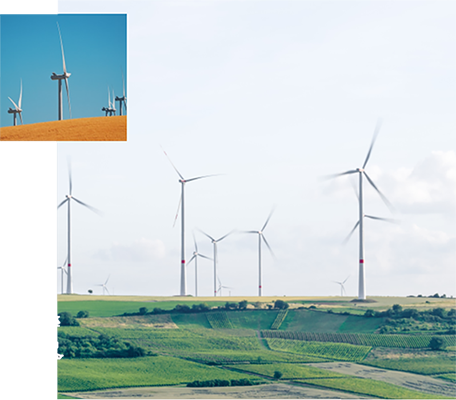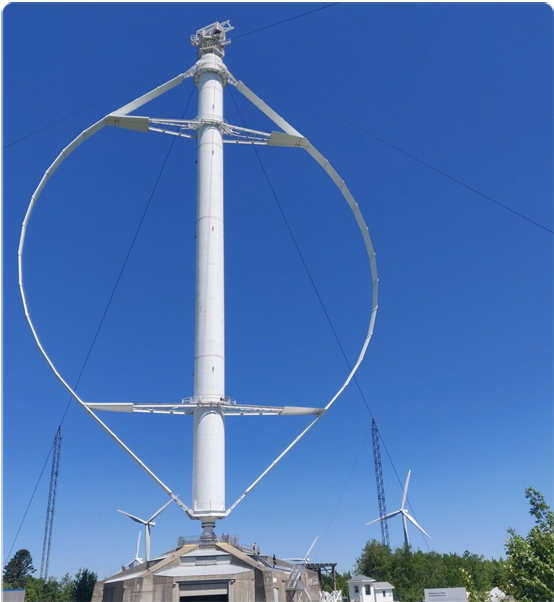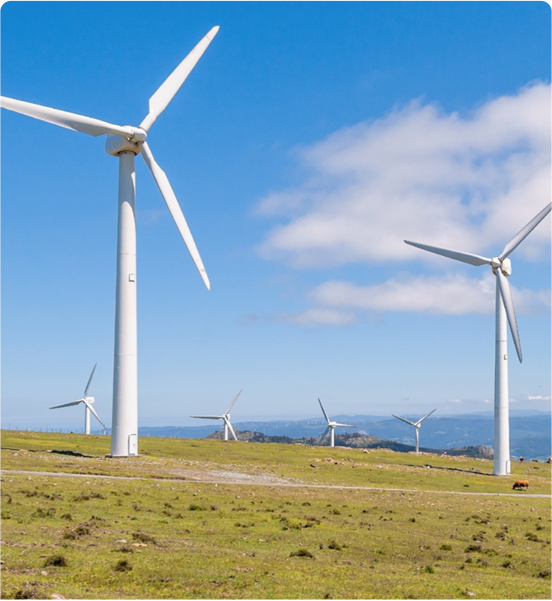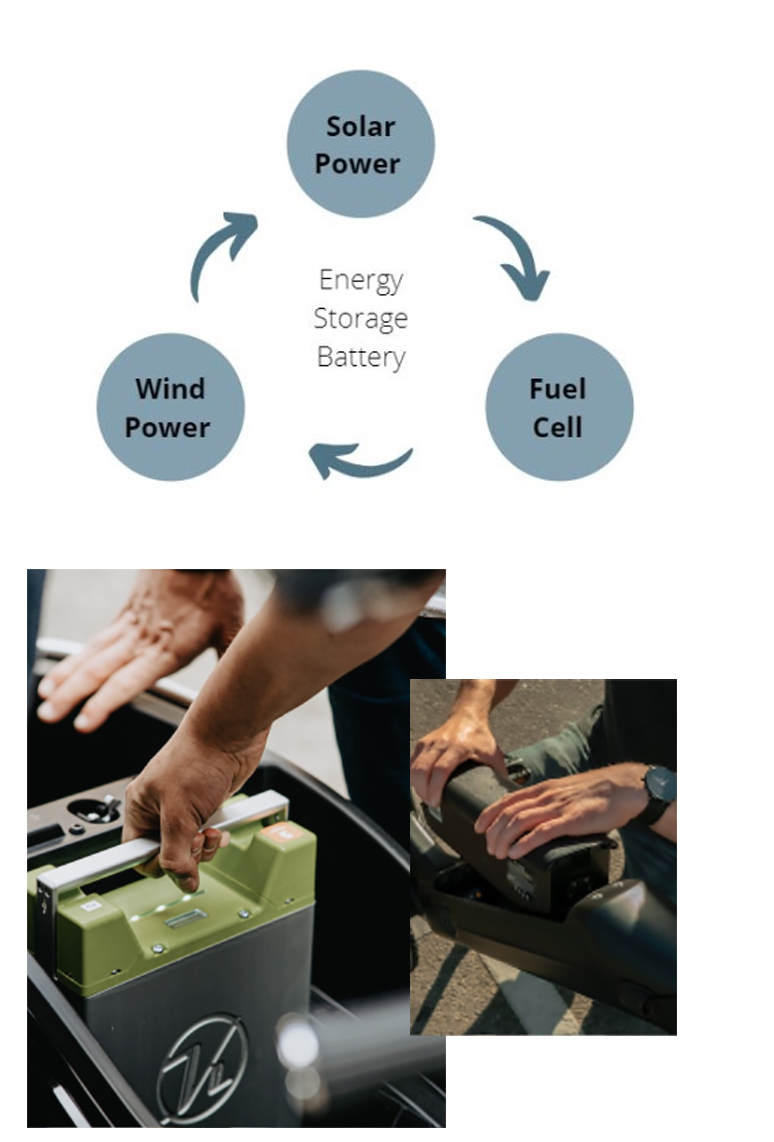
PV panels have been used for decades in the oil fields and have been used in offshore platforms and remote locations to provide power to various applications.

A charger for Electric vehicles that pulls electric current from the grid and delivers it to the electric vehicle through a connector or plug.

Water pump that operates based on solar PV System. The photovoltaic array converts solar energy into electricity, which is used to run a set of motor pumps.

PV panels have been used for decades in the oil fields and have been used in offshore platforms and remote locations to provide power to various applications.

Building integrated Photovoltaic is a concept that integrated buildings and renewable energy. This could be done by adding photovoltaic properties as a substitute for building materials.

The telecom network of the future needs to be smarter, greener, and more cost-effective. The roll-out of 5G will add millions of new nodes to already rapidly expanding networks. Otherwise, the connected world needs great power of backup. In this case, fuel cell will be in charge, it will generate backup power for telecommunication batteries

A number of the challenges described above have led industry and government to look closely at fuel cells as an alternative to diesel engines in underground mining and related fields, such as tunnelling

The most significant emitter of greenhouse gasses on offshore installations is gas turbines, which alone account for 81% of total greenhouse gas emissions. Fuel cells are more energy efficient and less carbon intensive than gas turbines as a result of different conversion processes when the chemical energy in the fuel in converted to electrical energy.



